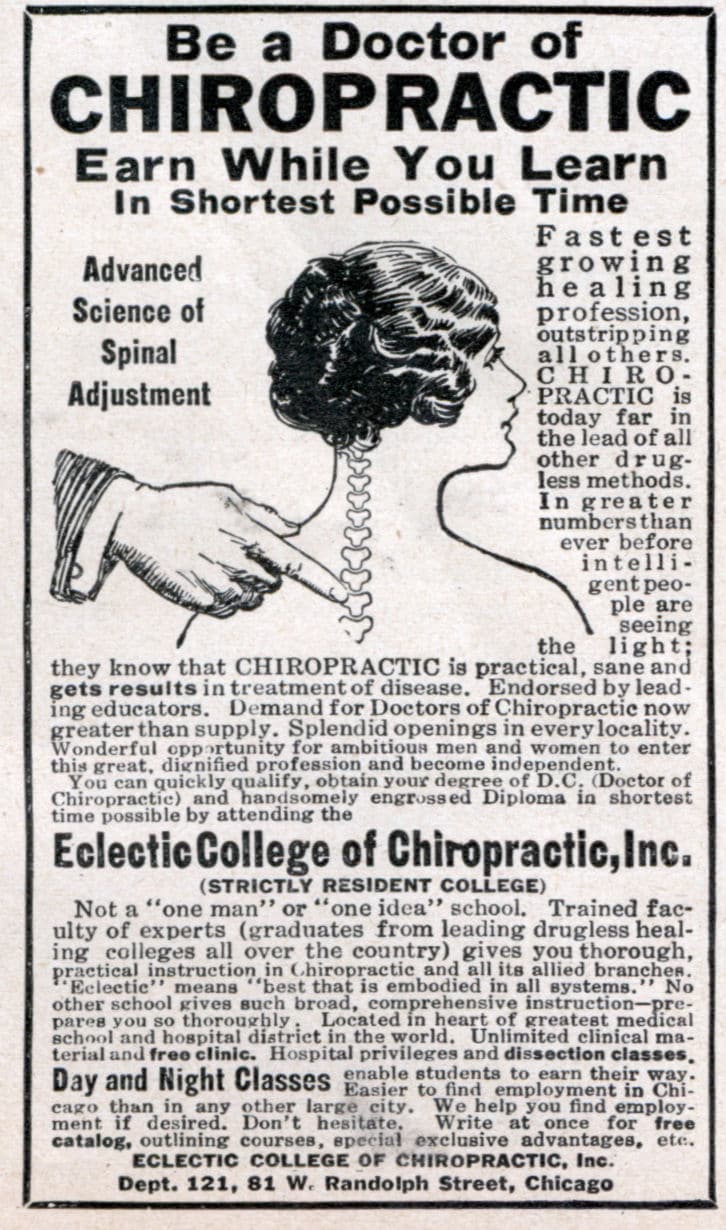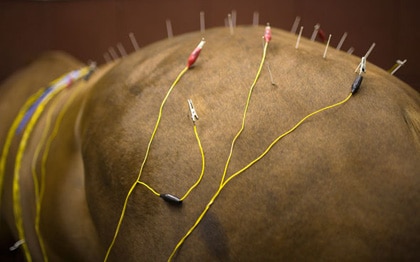 In 2000, an article on “Veterinary Chiropractic” was published in the Canadian Veterinary Journal. The article, by Drs. L Taylor and L. Romano, was wildly enthusiastic about the practice, and made claims for “veterinary chiropractic” that were simply at odds with what was known about it. (If you’d like to read the article, CLICK HERE.)
In 2000, an article on “Veterinary Chiropractic” was published in the Canadian Veterinary Journal. The article, by Drs. L Taylor and L. Romano, was wildly enthusiastic about the practice, and made claims for “veterinary chiropractic” that were simply at odds with what was known about it. (If you’d like to read the article, CLICK HERE.)
Along with the late Dr. Joe Keating, a professor at the then Los Angeles College of Chiropractic, the late Dr. Bob Imrie, a small animal practitioner in the Pacific Northwest, and Dr. Drew Bowles, a Canadian practitioner, responded, noting the many unsubstantiated claims made in the article. In the interest of trying to keep an open mind, we concluded that, “Manipulative therapeutics (not necessarily chiropractic) may have a beneficial role to play in veterinary medical practice. However, in the interest of clients and patients, a critical attitude toward the effectiveness and safety of all health care procedures, including the manual arts, must be maintained.” (CLICK HERE TO READ OUR LETTER.)
Undeterred, Drs. Taylor and Romano responded by inviting, “… you to see the results for yourselves,” and noted that there are numerous chiropractic theories (which, is true – and it’s also part of the problem, because there’s certainly no agreement, even within the field, about what constitutes “chiropractic.” You can see that response beginning at the bottom of the page, following our letter.
Drs. T and R’s response couldn’t stand unchallenged (at least in our opinion), so, we responded with another letter, which was also published. In it, we noted, among other things, “Drs. Taylor and Romano claim that vertebral subluxation [complex] has been validated (Can Vet J 2000;41: 169-170). Unfortunately, none of the citations they have offered demonstrate such validation.” (CLICK HERE to see the full text of our letter.)
This whole exchange is rather illuminating, because it shows some important differences between people who believe in a therapy, and those who are open-minded, but are asking for good evidence. I think it’s important that the therapies that we use on horses be shown to be effective, and that we don’t make claims that can’t be supported by good evidence. Unfortunately, such claims were being made in 2000, and they are still being made today. For all of the claims, there’s still no good evidence that chiropractic – whatever that means – is useful for treating horses.







